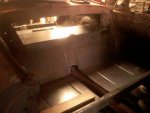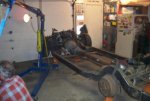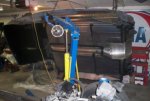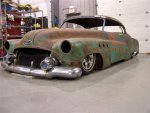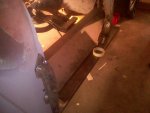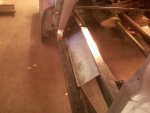BornBuick
Active Member
I am searching for the best frame/chassis with entire suspension to use on
a 1950 Roadmaster 2-door coupe conversion project with the least amount of problems to contend with. I intend to take the body off of it's original
frame/chassis and then bolt the body to the new frame/chassis.
I have seen where a 1986 Chevy caprice was used and a 1972 cadillac as well.
I would want to use the most modern setup possible with brakes, steering, suspension - the works.
I suppose I should look into when did GM stop solid x frame production and started making unibody framed cars?
Anyone know anything about this please chime in. It would be appreciated
Dave
a 1950 Roadmaster 2-door coupe conversion project with the least amount of problems to contend with. I intend to take the body off of it's original
frame/chassis and then bolt the body to the new frame/chassis.
I have seen where a 1986 Chevy caprice was used and a 1972 cadillac as well.
I would want to use the most modern setup possible with brakes, steering, suspension - the works.
I suppose I should look into when did GM stop solid x frame production and started making unibody framed cars?
Anyone know anything about this please chime in. It would be appreciated
Dave

